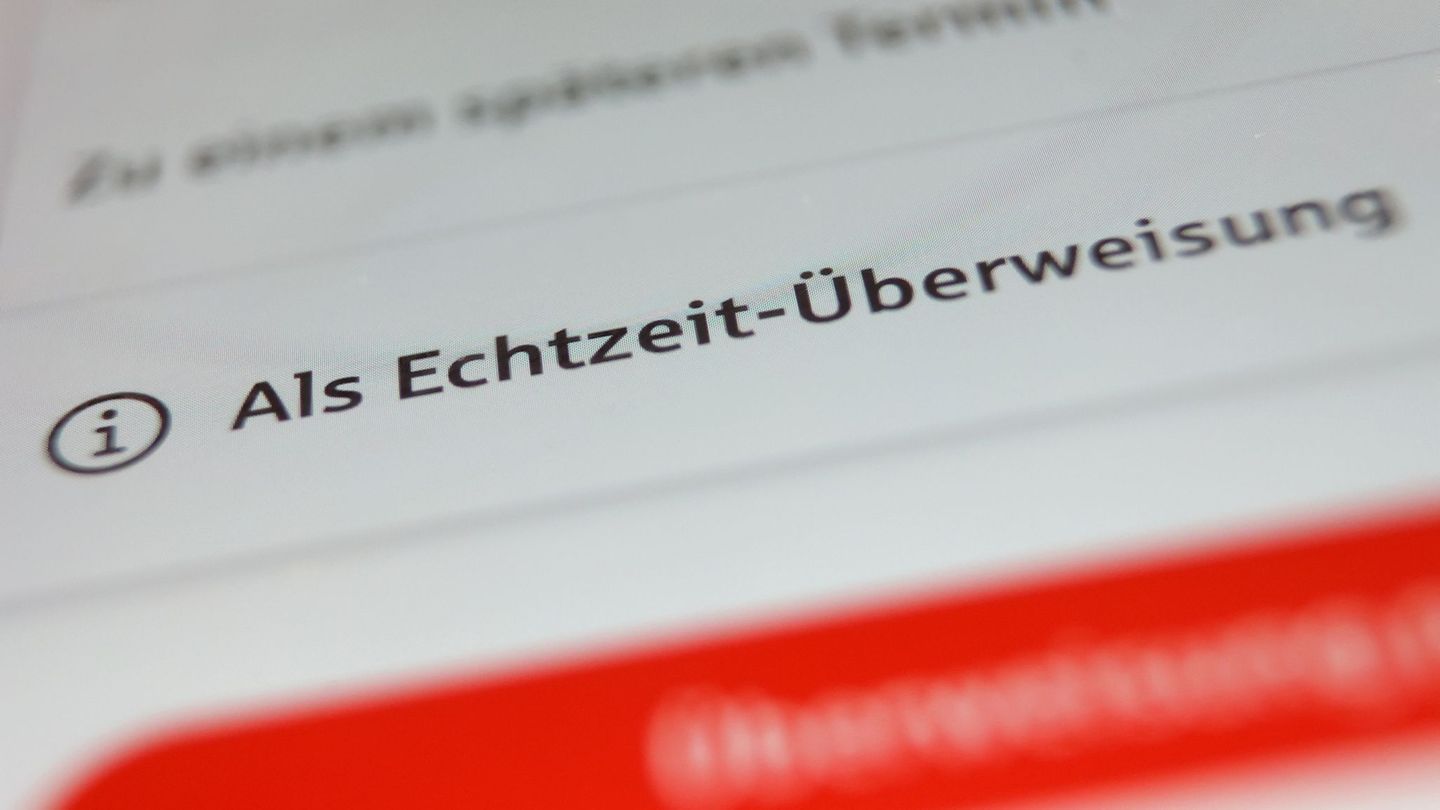The Financial Education There is no doubt that it is one of the keys for people to not only achieve their objectives, but also helps each one build a quieter and more safe life. And that this training begins from a young age, it is only good news. The reason: allows more tools to make better decisions, better results and design a stronger future.
This goes far beyond understanding what an investment is. It implies learning and incorporating fundamental concepts such as the importance of carrying a budget -the ABC of financial planning -, the habit of savings -first step for investment -, the power of compound interest, the value of time and the construction of a healthy relationship with money and debts, among others.
What gives us (healthy) financial planning and organization? Tranquility, security, order And, especially, They bring us closer to our goals -They are at each stage of our life. That is, a trip of graduates, a vacation, a first car, a move, prepare a better retirement (which supports retirement), etc. But to achieve all that, we return to the relevance of education as a first step.
In fact, this is a starting point, to help the youngest to promote their financial responsibility and independence. Earlier begin to save and invest, they can learn to manage their money intelligently understanding the value of money, And they will benefit from the growth of their long -term money.
In this framework, it is excellent news that today adolescents from the age of 13 can have an investment account; And this is possible for a few months, when the CNV (National Securities Commission) allowed it. If there are some data to be highlighted, among them, that the minor – until he complies 18 – will have some limitations in the assets in which he can invest, he must previously have the authorization of a greater and the income of funds have restrictions on amount.
Now, this brings some challenges as a society. One of them, the strengthening of integral financial education from the school stage. To achieve this, it requires incorporating them into the curricula (with mandatory) and that their content is approached with depth and, in particular, a practical approach.
Without going any further, technology can be a great ally – if used in a responsible way – to facilitate this type of education (and without a doubt, it must be part). In fact, more and more people approach this world, and especially the youngest.
Today, there are multiple digital tools that help bring a budget, to compare different options, project potential investment yields, and even access financial education courses on different platforms (and free of charge).
Now, although the current digital era, “Democratize” the form and use of Financial services -Digital Billeteters, online investment platforms, etc-, it is essential to have the ability to evaluate the seriousness of that information, apply critical criteria and be attentive to possible risks or scams online.
From here the importance of financial education since children and the accompaniment of adults. Starting perhaps by a topic that today as a society worries (and must occupy us) that are the bets.
Financial Education
A first step is to understand perhaps the difference between bets and investment. In the Bets Chance intervenes (luck), it is mandatory to risk money, seeks a rapid (immediate) gain in which the probability of winning is certainly questioned -simply, because you cannot handle its result. This beyond Dangers of an addictionand the negative effects that can generate.
On the other hand, the investment must be born from the need for protect and increase savings in the long termbut having one the possibility with different tools, education and information to project the results, and understand the risks that are being assumed according to what is invested. On the other hand, to know that the entities – like Alyc or Banks – that bring this world closer, are strictly regulated.
Logically, the investments are not exempt from risksbut within a frame that one can control better than in the world of chance. Assuming a high or unnecessary risk is possible.
And in this sense, understand that diversification, constancy over time and knowledge – of investments, as well as one as an inverter (profile) – are key variables. It is part of thinking about a better future, and not in instant adrenaline. It is part of thinking about financial independence and a quieter life.
Finally, on what is a good investment asset to begin with, we can mention the FCIS (Common investment funds). These can be a vehicle, since with low amounts they allow diversifying, and the universe is wide. As a recommendation to start with some low volatility (low risk), from the so -called T+0 (liquidity) -now possible from the wallets -such as FCIS Short -term fixed income -which look for a slightly larger rate for a traditional fixed period. It may also be that it starts from a position, although here understanding that the horizon of keeping the money is longer, some yield. The latter knowing some key aspects such as the greatest risk of variable income (vs. fixed income), the company (business) in which the savings, its liquidity in the market are being put (in case you need those pesos), etc.
Even another option can be to dollarize those weights, and invest in a Money Market in USD or some FCI in USD. But to understand much of these last paragraphs, we return to the beginning of the note and how key financial education is.
Bachelor of Economics specialized in financial markets. Director of Personal Personal Investments (PPI).
Source: Ambito
David William is a talented author who has made a name for himself in the world of writing. He is a professional author who writes on a wide range of topics, from general interest to opinion news. David is currently working as a writer at 24 hours worlds where he brings his unique perspective and in-depth research to his articles, making them both informative and engaging.




